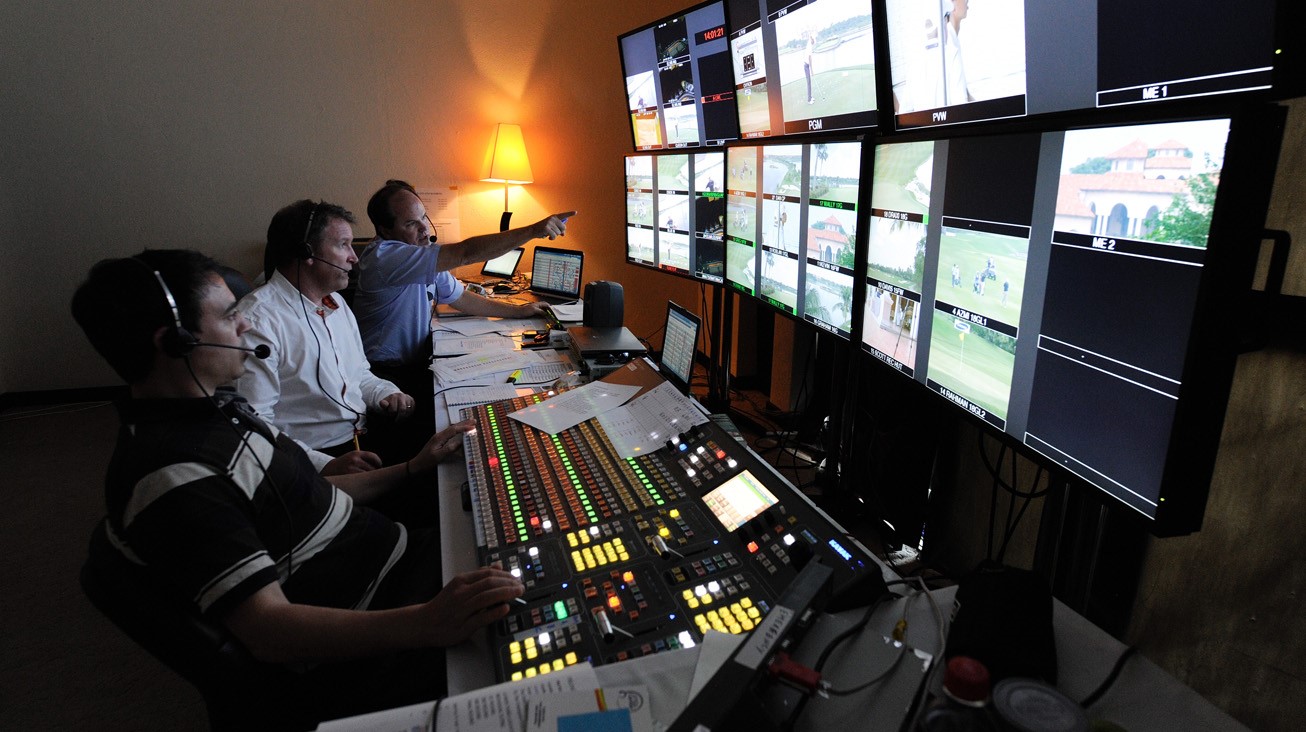Journalism began as a print media and remained as such until the invention of radio and television in the 20th century. Journalism that provides information over radio, television – and now, the Internet – is known as broadcast journalism.
Although print journalism and broadcast journalism share much in common, e.g., both disseminate information to the general public and engage in investigation, they differ in significant ways. Knowing these differences will help prospective journalists determine which form of journalism to specialize in.
Print Journalism Conventions
- News writing in print journalism conforms to rigorous style. News stories begin with a lede (aka lead), an opening sentence that concisely indicates the subject and action of the story and entices the audience to read the story. Example: Several children met with industrial accidents yesterday in a famous chocolatier’s factory. The Online Writing Lab at Purdue University offers several tips on how to write an effective lede.
- The next element in a news story is the nut grafe. This comes after the lede, but does not necessarily follow it. The nut grafe tells the readers the who, what, what, when, and why of the story. It tells the reader what the story is about and why they should care about it. The nut grafe is comparable to a thesis statement in an academic paper.
- After the lede and the nut grafe comes the crucial information of the story, i.e., what the story is about. This is followed by non-crucial information, e.g., background information, where to find more information, or reactions to the story.
- Finally, the conclusion of a new story does more than remind the reader of the story’s substance. It also looks ahead to the future. For example, if a story focuses on an important city council meeting, the conclusion might inform the reader about follow-up meetings or about what any decisions made by the council might mean for the city.

Because news stories in broadcast journalism are meant to be read out loud by a news anchor rather than internally by a general audience, news stories follow different conventions.
Broadcast Journalism Conventions
- In broadcast journalism, new stories begin with a general, simple sentence signaling the beginning of a story. For example, if a story is about an outbreak of tornadoes in Oklahoma, the lead sentence might be: Oklahoma saw severe storms yesterday. Thus, the opening sentence in a broadcast news story functions as a cue that begins a story segment.
- Sentences in a broadcast news story generally contain just one idea and do not contain multiple clauses and internal clauses. This makes it easier for the anchor to read.
- In print, a source is mentioned at the end of a sentence: Oklahoma is likely to see more severe weather this month, said meteorologists at the University of Oklahoma. In a broadcast story, the source is mentioned at the beginning of a sentence: Meteorologists at the University of Oklahoma say that Oklahoma is likely to see more severe weather this month. This emphasizes the informative part of the sentence for the listener.
- Broadcast news stories adopt a conversational style. News segments are often short, so information has to be conveyed quickly and simply. Example: Cold weather is on the way for the tri-state area. Here are several tips for coping with the cold weather. First, check for any drafts in your house . . .
- Finally, broadcast news stories take into account the visual and auditory nature of broadcast news. For example, images often accompany a story, and the story needs to be consistent with the image. Moreover, because the audience is listening to a story, rather than reading it, a good broadcast news story appeals to the ear. Compare There was an outbreak of tornadoes in Oklahoma this weekend to Tornadoes whipped through Oklahoma this weekend. The latter conjures a concrete visual image and is more likely to resonate with a listening audience.

As we can see, broadcast journalism presents the writer with unique challenges. A broadcast news story has to aid the anchor in reading the story, take into account any imagery used during the story, and provide the listener with concrete details in a short time span.
